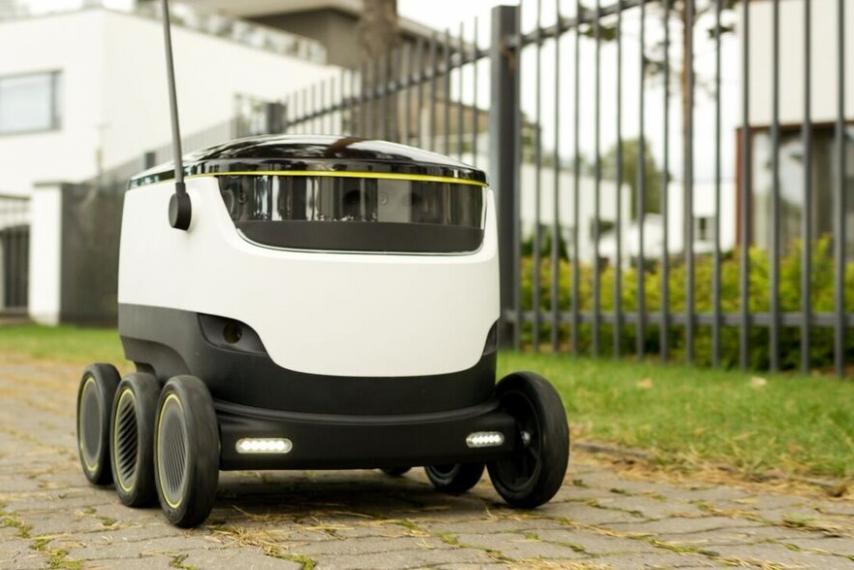The weather industry is traditionally conservative and gathering weather data, even with traditional forecast methods, is still an inexact science (Hornyak, 2015). Crowd-sourced, hyperlocal weather information has been discussed as a possible alleviation strategy, and the trend is slowly moving towards short-term forecasts, also known as “nowcasting” (See Ochoa-Rodriguez et al., 2013, for example). This report is written for the Royal Netherlands Meteorological Institute (KNMI). The KNMI is the Dutch national weather service, and is responsible for forecasting, monitoring of the weather, climate, air quality, and seismic activity (knmi.nl, 2016).
The needs from the customers of KNMI has changed rapidly the last couple of years. Trends such as an increasing need for local information or the need for tailor-made products are growing. Besides that, society is now willing to contribute to public services. To gain more data and therewith a more specific and accurate overview for their customers, the KNMI introduced a pilot project: Weather Observation Website-NL (WOW-NL). This is a platform for sharing, viewing, comparing and archiving current weather observations (wow.knmi.nl, 2016). The pilot project incorporates the IT-enabled service of crowdsourcing into the current business model of the KNMI. By doing this, a platform is created on which value, in the form of localized weather data collected by many individuals, is co-created by customers.
This new technology completely changes the information strategy of KNMI. As our interviewee Mr. van den Oord stressed in the interview: the most disrupting change taking place as a result of the WOW-NL project is seen in the direction of data flow. The current information strategy of KNMI involves the information to solely flow from inside the organization to outside (clients). This information flow only follows official channels and mainly direct sales. The WOW-NL project introduces KNMI to a two-way information flow and direct communication with individuals, not just organizations.
An online survey was set up in order to find out consumers’ thoughts on implementing crowdsourcing in the weather industry. The results of the survey in combination with internal reports and literature led to the following recommendation on how KNMI could improve the WOW-NL platform: KNMI could gain more data by allowing more sensor enabled devices and by allowing contributors to upload pictures or text on the platform, develop an easy-to-use and easy-to-interpret application in addition to the website, and improve their quality control, creating a controlled environment by controlling for outliers, and letting users rate the data uploaded by contributors.
Sources:
Hornyak, T., (2015). Crowd-sourced weather apps claim accurancy, but watch the sky anyway. Computer World [online]. [Accessed on: 09/10/2016]. Available at: < http://www.computerworld.com/article/2977526/mobile-apps/crowd-sourced-weather-apps-claim-accuracy-but-watch-the-sky-anyway.html>
Ochoa-Rodriguez, S., et al., (2013). Improving rainfall nowcasting and urban runoff forecasting through dynamic radar-raingauge rainfall adjustment. Proceeding of 7th International Conference on Sewer Processes and Networks.
KNMI. (2016). Over het KNMI – Kerntaken. Accessed on: 09/10/2016.Available at: <knmi.nl: http://knmi.nl/over-het-knmi/kerntaken>
KNMI. (2016). Over WOW-NL. Accessed on: 01/10/2016. Available at: <https://wow.knmi.nl/over-wow-nl>
Van den Oord, D. (2016, October 9). Interview Dr. Bert van den Oord. (M. Stegehuis, Interviewer) De Bilt.
Group 58:
A. Schwarz 461214
M.S. Stegehuis 385701
K. Viset 372877
A.K. ter Haar 419249







